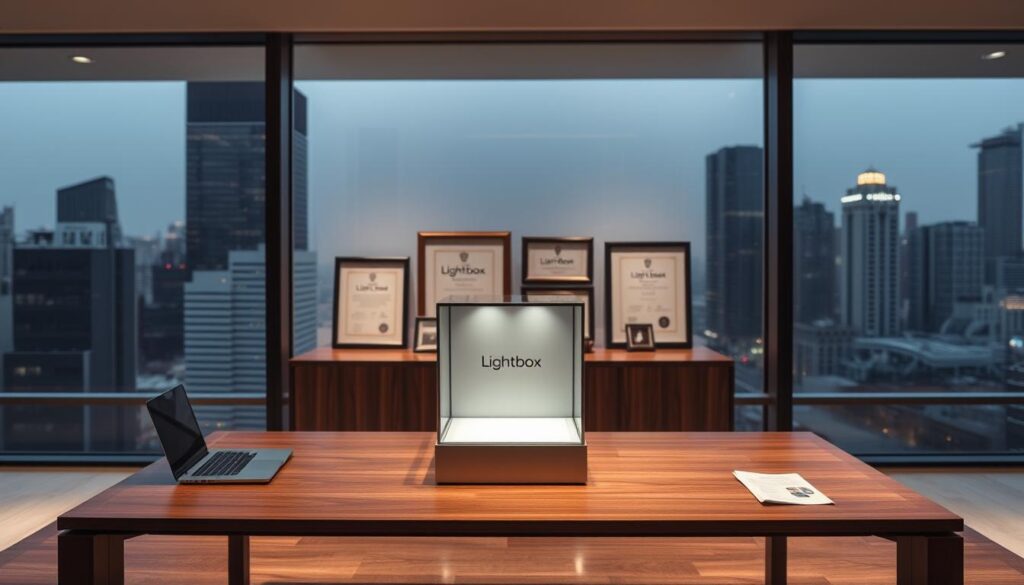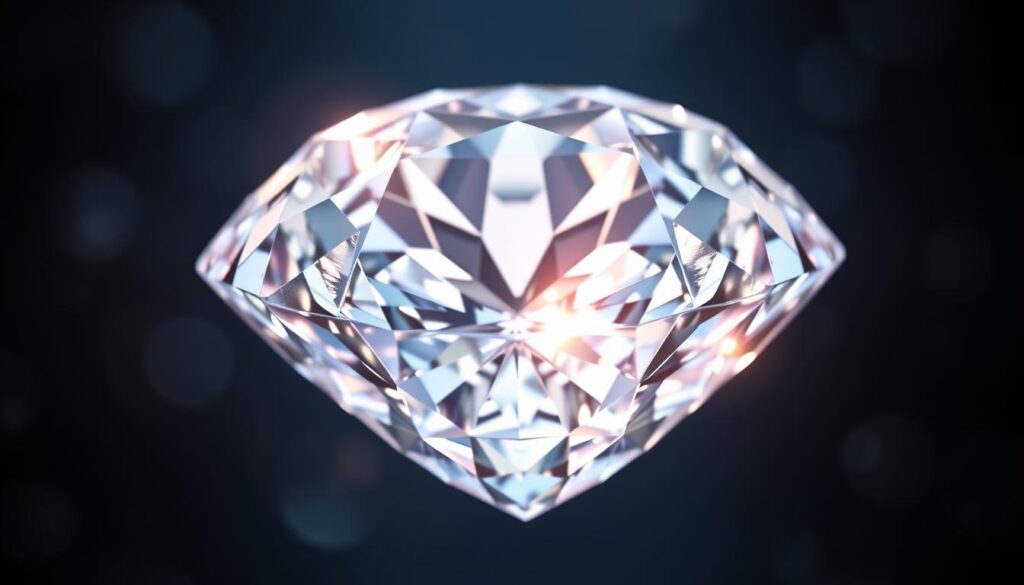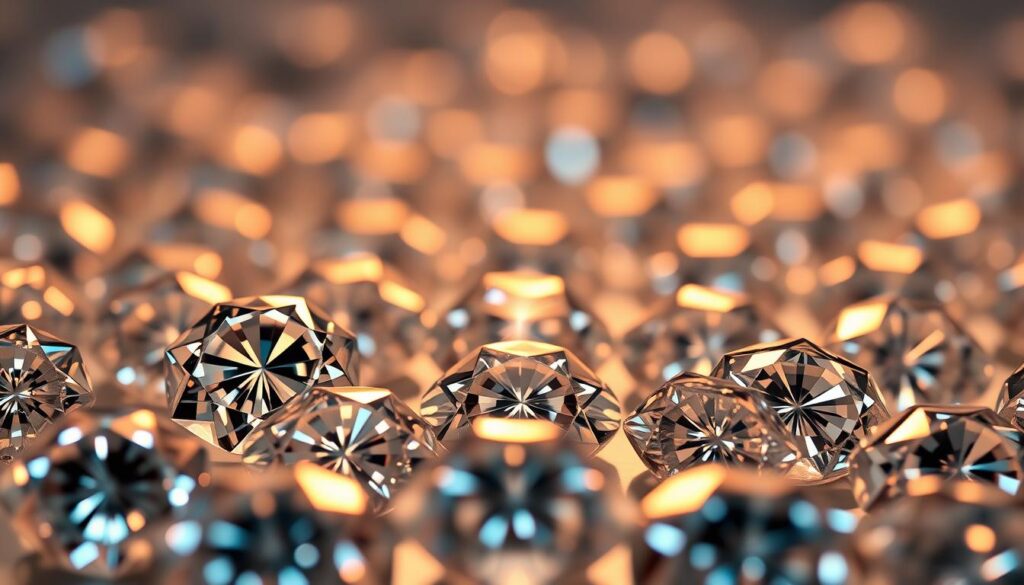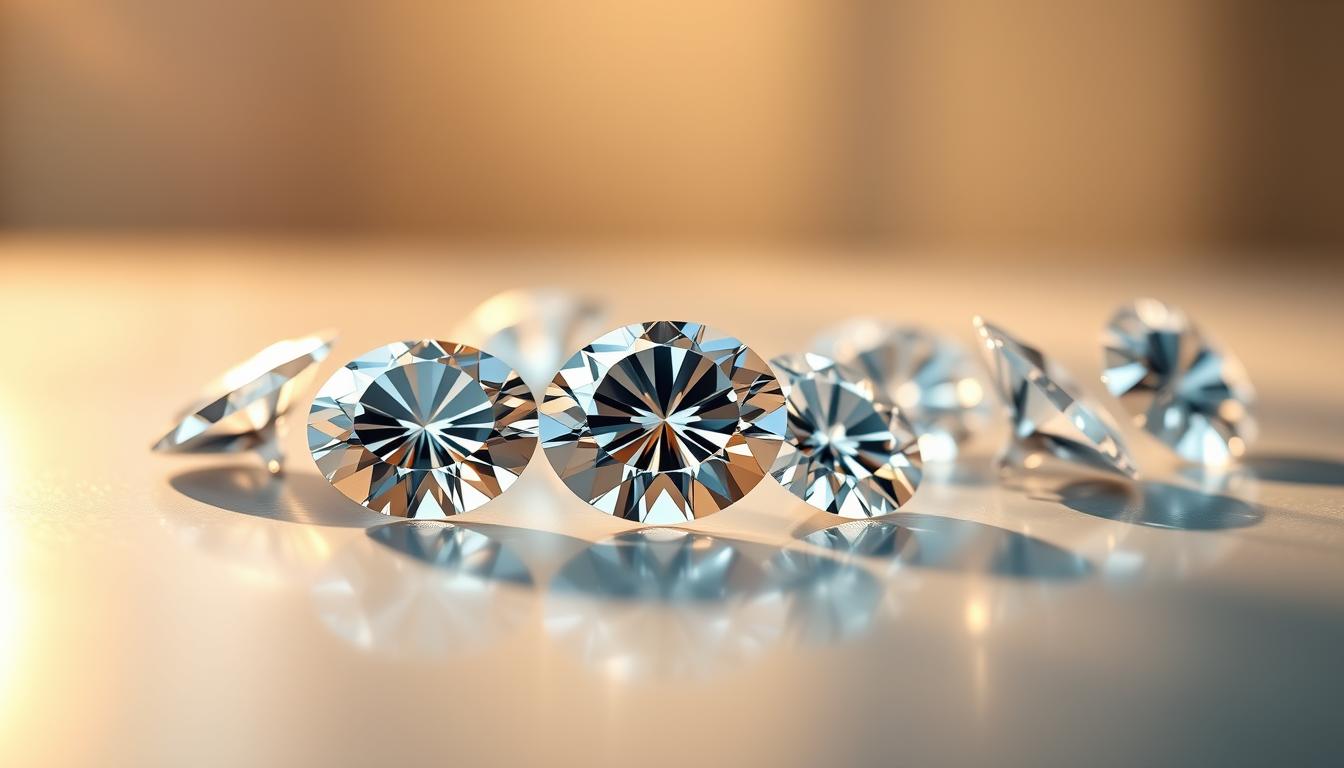In 2018, the De Beers Group introduced Lightbox Diamonds, a brand of lab-grown diamonds that disrupted the traditional diamond industry with transparent pricing at $800 per carat.
This move positioned lab-grown diamonds as fashion jewelry rather than investment pieces, creating a clear distinction between lab-grown and natural diamonds.
However, recent developments have significantly impacted Lightbox’s business model, with De Beers announcing plans to close the brand. This comprehensive guide will explore the pricing structure, quality concerns, and market positioning of Lightbox Diamonds, providing insights into the wider implications for the diamond industry.
De Beers Announces Closure of Lightbox Diamonds
De Beers has announced its decision to close Lightbox, its lab-grown diamond jewelry business. This move reflects De Beers’ commitment to natural diamonds, as stated by CEO Al Cook. The company is in discussions with potential buyers for certain Lightbox assets, including inventory.

The closure process will be managed carefully, with support for existing customers, including warranties and after-sales services, continuing during this period. De Beers is working closely with employees, retail partners, suppliers, and other stakeholders to ensure a smooth transition.
The Announcement Details
The decision to close Lightbox comes as De Beers is moving towards becoming a stand-alone company. Anglo American, the current owner, is seeking a buyer for De Beers and preparing for an initial public offering (IPO). This strategic move is part of De Beers’ efforts to optimize its business and focus on profitable growth.
Reasons Behind the Closure
The closure of Lightbox represents a significant shift in De Beers’ strategy regarding lab-grown diamonds. Initially, De Beers entered the lab-grown diamond market to disrupt and control the growing segment. However, the company has since decided to focus on natural diamonds, citing a commitment to this sector. The timing of the closure coincides with a reported 44% year-on-year decline in De Beers’ revenue and an 11% drop in rough diamond sales in the first quarter of 2025.
Understanding Lightbox Diamonds Quality and Pricing

Understanding the quality and pricing of Lightbox Diamonds is crucial for consumers in the lab-grown diamond market. Lightbox Diamonds, known for its straightforward $800 per carat pricing model, has raised questions about its quality and value proposition.
Pricing Model Insights
The $800 per carat pricing strategy was designed to be transparent and linear, making it easy for consumers to understand the cost of their lab-grown diamonds. For instance, a 0.5-carat diamond cost $400, and a 1-carat diamond cost $800.
Quality Concerns
Despite the transparent pricing, quality concerns have plagued Lightbox Diamonds. Many reviews have noted that the finished stones contain dislocations that negatively affect their color, clarity, and durability. The lack of certification and specific grading has made it difficult for consumers to understand the true value of their diamonds.
Comparison to Other Lab-Grown Diamonds
Lightbox Diamonds compares to other lab-grown diamonds in terms of pricing and quality. While Lightbox reduced its prices to $500 per carat a year ago, other producers offered certified stones with specific color and clarity grades at competitive prices, making Lightbox’s quality-to-price ratio questionable.
The Impact on the Lab-Grown Diamond Industry
As De Beers steps back from lab-grown diamond jewelry, the industry faces an uncertain future. The closure of Lightbox Diamonds, De Beers’ lab-grown diamond brand, is expected to have significant implications for the market.

Shifts in Price Trends
Since Lightbox’s launch in 2018, wholesale prices for lab-grown diamonds have plummeted by approximately 90%, moving towards a “cost-plus” model. This dramatic shift is largely due to intensifying global competition, particularly from China, and the increasing presence of U.S. retail chains offering lab-grown diamond jewelry at competitive prices.
Increased Market Competition
The lab-grown diamond industry is becoming increasingly saturated. Key factors include:
- China’s emergence as a major producer of low-cost lab-grown diamonds
- U.S. supermarkets entering the lab-grown diamond jewelry market
- De Beers’ expectation that both production costs and retail prices will continue to fall
Future of Element Six
Element Six, De Beers’ synthetic-diamond production unit, will focus exclusively on industrial applications using lab-grown diamonds. The production facility in Gresham, Oregon, will be repurposed for industrial uses, leveraging De Beers’ over 70 years of experience in this area.
Conclusion: The Future of Lab-Grown Diamonds
As the world’s largest diamond mining company steps back, the future of lab-grown diamonds comes into focus. The closure of Lightbox Diamonds represents a significant milestone in the evolving industry, marking De Beers’ exit from the lab-grown jewelry sector.
Despite this departure, the lab-grown diamond market continues to expand, driven by increasing consumer acceptance, particularly among younger buyers who prioritize sustainability and affordability. The price trajectory of lab-grown diamonds is expected to continue downward, driven by technological improvements and increased production capacity.
The industry is undergoing significant transformation, with lab-grown diamonds representing one aspect of changing consumer preferences and technological disruption. For consumers, the future likely holds even more affordable options, though questions remain about long-term value retention compared to natural diamonds.
